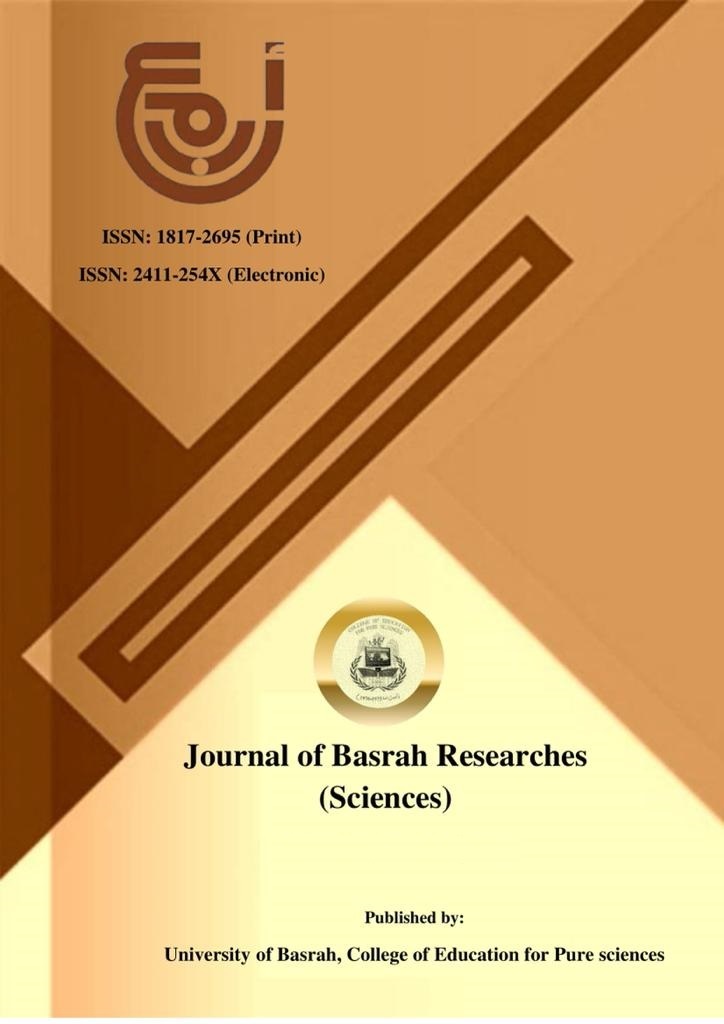Abstract
Abstract
The passively Q-switching method has been used for the chromic solid-state lasers such as ( Ruby , Alexandrite , Cr:LiCAF , Cr:LiSAF ) lasers with Cr4+:Y2SiO5 solid-state crystal. We have studied the saturable absorber crystal properties which are used in passive Q-switching all these lasers . The molar extinction coefficient (ε ) , coupling coefficient of the saturable absorber ( Ka ) , the optical density (d ) , the ground-state absorption cross-section (σa ) of Cr 4+:Y2SiO5 , and the Q-switching efficiency ( η ) of the chromic solid-state lasers is calculated first, when the pumping rate ( Rp ) was variable and other parameters (as reflectivity of output coupler ( R ) and the number of molecules in the ground-state ( Naо ) were constant) and second , ( η ) is calculated when ( R ) was variable and other parameters were constant . The results of Cr 4+:Y2SiO5 crystal which is used with all these lasers are compared each others , and the behavior of (ε ), and ( Ka ) had been interpreted according to ( σ ), and (d ) , respectively . The Cr 4+:Y2SiO5 Q-Switched Cr:LiSAF laser has a better passive Q-Switching performance than other used laser systems . The main conclusion in this research is that the molecular weight of the chromic ion host laser crystal acts as an important role in Q-Switching efficiency where it is directly proportional with the Q-switching efficiency.
The passively Q-switching method has been used for the chromic solid-state lasers such as ( Ruby , Alexandrite , Cr:LiCAF , Cr:LiSAF ) lasers with Cr4+:Y2SiO5 solid-state crystal. We have studied the saturable absorber crystal properties which are used in passive Q-switching all these lasers . The molar extinction coefficient (ε ) , coupling coefficient of the saturable absorber ( Ka ) , the optical density (d ) , the ground-state absorption cross-section (σa ) of Cr 4+:Y2SiO5 , and the Q-switching efficiency ( η ) of the chromic solid-state lasers is calculated first, when the pumping rate ( Rp ) was variable and other parameters (as reflectivity of output coupler ( R ) and the number of molecules in the ground-state ( Naо ) were constant) and second , ( η ) is calculated when ( R ) was variable and other parameters were constant . The results of Cr 4+:Y2SiO5 crystal which is used with all these lasers are compared each others , and the behavior of (ε ), and ( Ka ) had been interpreted according to ( σ ), and (d ) , respectively . The Cr 4+:Y2SiO5 Q-Switched Cr:LiSAF laser has a better passive Q-Switching performance than other used laser systems . The main conclusion in this research is that the molecular weight of the chromic ion host laser crystal acts as an important role in Q-Switching efficiency where it is directly proportional with the Q-switching efficiency.
